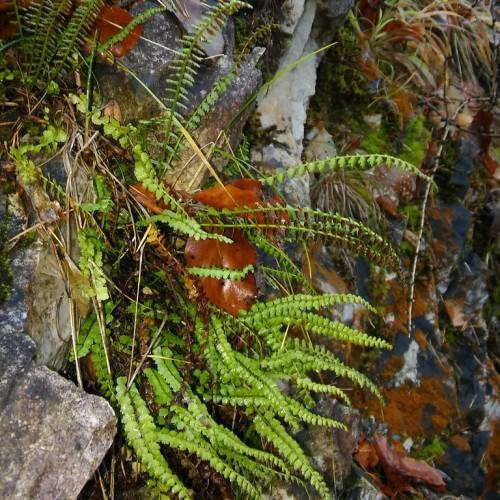
Green Spleenwort
Asplenium viride
Watering:
Minimal
Hardiness Zone:
Sun:
part shade,full shade
Leaf:
Yes
Growth Rate:
Low
Drought Tolerant:
Yes
Salt Tolerant:
Yes
Care Level:
Medium
watering
Maidenhair Spleenwort should be watered whenever the top soil feels dry to the touch. It prefers to remain evenly moist and should never be allowed to dry out completely. During the growing season (spring and summer), it should typically be watered once or twice a week. In winter, the frequency of watering should be reduced, though the soil should never be allowed to dry out completely. It is important to avoid overwatering, as this can lead to root rot.
sunlight
Maidenhair Spleenwort (Asplenium trichomanes subsp. trichomanes) thrives best when grown in bright, indirect sunlight. Aim to give it between 4–6 hours of sunlight each day. The best times to provide this would be in the morning when the sun is relatively weak, and again in the late afternoon. Direct sunlight should be avoided as this can burn the delicate leaves.
pruning
Maidenhair Spleenwort is best pruned in late winter or early spring when it is dormant. Pruning consists of simply cutting back the old fronds to just above the soil line. This will rejuvenate the plant and encourage new growth. Try not to prune back into the live foliage, as it could damage the plant. Pruning should not be necessary on a yearly basis for these plants. Instead, only prune them when the fronds start fading or when the plant is becoming crowded.
